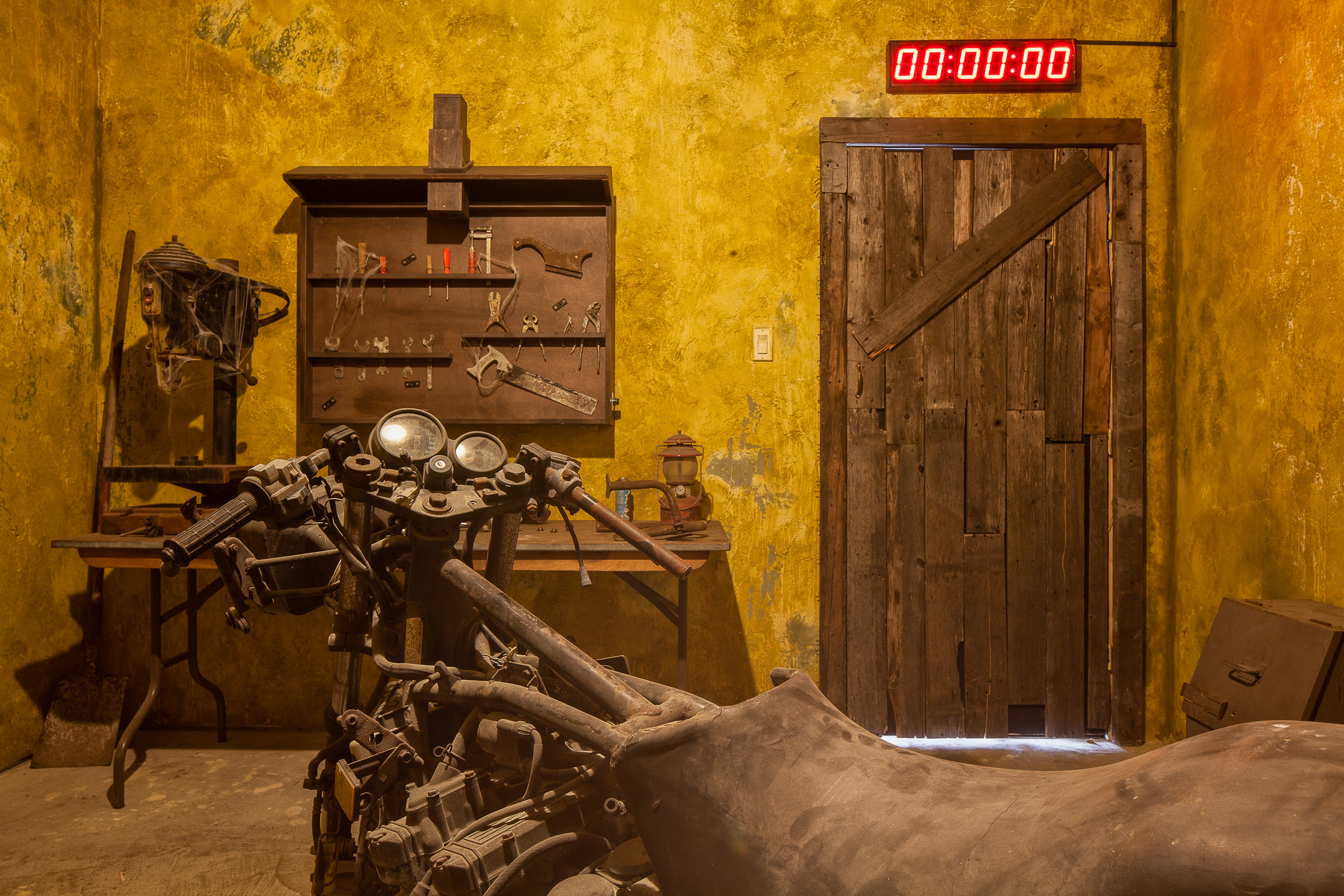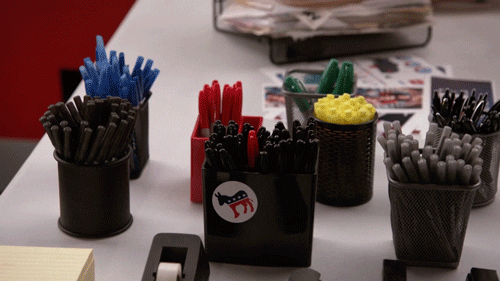9 Escape Room Tips – Proven strategies to beat any escape room like a pro

As escape rooms continue to spread throughout the world, more and more people are getting curious, dipping their toes in to test the waters. But after seeing how fun and exciting the games can be, you’re ready to dive into the deep end and take on the challenge of even more rooms. But if you’re going to get better and work on hitting that leaderboard, you’re going to need a strategy.
Beginner’s Guide to Beating the Room
We could sit here all day and give up lots of generalized, “insider-edge” escape room tips on how to solve the kinds of puzzles you’re likely to find in escape rooms. But that’s really not the best way to go. First off, there are lots of different room developers out there, and some of them employ different strategies. So whatever tips we might offer would actually work against you if they don’t fit your developer’s style. But more important than that, it takes away from the fun to be had in escape rooms and kills that sense of accomplishment a bit when you finally figure it out.
So instead, let’s focus on some best practices to help you strategize how to beat any escape room.
1) Choose your team wisely

The ideal number of players in a PanIQ Escape Room is 4, even though it can be fun with even more than that. Beyond that, remember that being part of a team means that you don’t need to be the jack-of-all-trades in order to win. Try to find people who are good and thinking quickly and creatively. Newer-generation escape rooms have lots of skill and agility puzzles, so consider that too. If your buddy drops his phone every time he picks it up, the odds of him holding that mirror steady for a minute may be rather slim. But that same person might be the one with the keen eye who can spot the details that you might miss. On that note, many rooms are designed in a parallel way, meaning that they have different paths of puzzles working simultaneously. So it’s better to split up, and you’ll want to have enough of the right skills to tackle those challenges as they come.
2) Listen closely to the story/narrator as well as the rules of the game

The setup isn’t just some story; often this will give you a sense of what you need to accomplish, and it might also offer clues that might be useful later. Some great escape rooms have actually required you to look at a puzzle through the unique perspective of the characters in order to solve a puzzle, like the need to “cheat” at the answer when pretending to be a thief. Get in the zone and immerse yourself!
3) Identify the objectives

When you first enter a room, search for the places where you need to input something: a keypad, a padlock, a keyhole, a recessed spot with a unique depression. Make a mental note of them all, identify the steps needed to move forward, and work backwards from there. Let’s say you find a door that leads to the next area, and it has a keyhole. The key is in a transparent safe in front of you, and the safe can be unlocked by a 4-digit code. Now you have your first objective … find those digits!
4) Search ALMOST everywhere

Make sure to do a thorough search of the room for objects and puzzles. Try to seek out the tricky, hidden spots where designers have really worked at being clever. Spoiler alert: always look under the rug! But don’t waste time looking in places where the rules would stop you. If the gamemaster tells you before the game that nothing is hidden above your head and you don’t need to use physical force to solve any puzzles, take that seriously. Sometimes in the excitement and rush of it all, players end up wasting valuable minutes searching irrelevant things because they ignored the gamemaster’s instructions. If you see a “Do not touch!” sticker on something, move on and search somewhere else.
5) Communication is key!

According to Dr. Scott Nicholson (Professor of Game Design and Development and escape room expert), communication is essential in an escape room, which means lack of communication results in failure most of the time. So when you find something, solve something, or just have a theory about what to do next, let your team know about it. Do it loudly so they all hear it! Escape rooms are a team effort, so it doesn’t make sense to keep information about it to yourself.
6) Get organized

It’s an unwritten law of escape rooms that you never use the same object twice. So choose a spot where you all place already used objects so nobody gets confused about its function, and a different place to put unused objects so players know where to look for help when they’re stumped. This helps teams avoid the mistake of carrying an important clue that someone else needs while they search the room for others. Also remember that escape rooms are usually designed by smart and reasonable people, and not lunatics (although a little craziness here and there never hurt). That means that there is usually a certain logic to be found in the room, usually following an ordered sequence. Follow the patterns, even trying to stack related objects next to each other. Sure red herrings may be there to confuse you, but experienced players will immediately be able to point out what is relevant and what is not simply by “reading the room.”
7) The answer is always inside the room

Sometimes knowing simple facts might come in handy, like how many days are in the month of February or how to understand “military time”. But for the most part, you just need to focus on information you can find INSIDE the room. No special prior knowledge or experience from the outside is usually needed, and that is an intentional move that designers make in order to ensure that just about anyone has an equal chance to beat the room. Also, don’t overcomplicate things. Remember Okkam’s razor … most of the time, the solution is simpler than you might think.
8) Work efficiently and be proactive

Escape rooms are not a spectator event. If you aren’t contributing to solving a particular puzzle, try to move on to another one! Tackle the hard puzzle that everyone else gave up on. Rotate back through the room and double-check; sometimes a fresh pair of eyes is all that’s needed. Often one of the biggest time casualties comes from a failure to notice the thing that everyone already checked.
9) Ask for hints!

Sometimes it’s pride or conceit, but players are often reluctant to ask for help from the outside. But the real secret is to ask for hints strategically. In most games, to get on the leaderboard, you have a limited amount of hints available, and it’s OK to use them. But if you don’t have a limit, we still recommend that you avoid using hints within the first five minutes of the game or more than five times per game; where’s the fun and challenge in that? By strategically asking for hints, we mean to focus your clues on the puzzles that everyone has tried to solve without success, or when everyone agrees that the time is getting dangerously low. However, there is always an exception; if you’ve been stuck for a relatively long time, and you stop having fun, that’s a perfect time to ask for a hint.
+1 BONUS TIP: If you really want to take your game to the next level, choose an Alpha for your team before you enter the room.

More than soling puzzles or finding clues, the Alpha has the unique responsibility of gauging how much time is left, focusing on open tasks, delegating tasks to others, keeping track of what’s needed to move forward, and making sure that the team is communicating smoothly. Basically, the Alpha ensures that all nine of the escape room tips and strategies above are being utilized. Ideally, the Alpha should be an experienced player with an organized leader-type personality.
Additional Tips to Keep in Mind
Don’t overdress!

If you’re planning to dominate an escape room after a fancy dinner out, maybe bring a change of clothes. You don’t want to miss solving a puzzle that required you to sit on the ground because you couldn’t imagine the dry cleaning bill. Escape rooms are usually pretty clean environments, so that’s not really a concern. But dress for what you might find in the room, including ladders or crawl spaces.
Play with a sharp mind!

Trust us … you are not as effective than you think you are when you’re intoxicated. A couple of drinks might be okay for some (of course, assuming you’re old enough to even do that!), but if you go beyond that, one of two things will likely happen: either the gamemaster won’t let you in at all, or you just won’t get out.
Have fun!

The goal is always to enjoy yourself and have fun. Embrace the challenge, but arguments with teammates over a game has a way of sucking the fun right out of everything. Don’t take life too seriously; you will never escape it alive anyway!
What NOT to Do
The biggest tip about what NOT to do in an escape room is simply this … try not to guess. The numbers to codes and combinations are in the room somewhere, and guessing might kill the fun of finding it. If you see a 3-digit lock, there are 1000 possible combinations to choose from. Sure you can start guessing and get through them in an hour, but you will completely destroy the experience and probably your chances of beating the entire game. That being said, if you get down to one digit and you feel the need to guess, go ahead; hopefully the operators will see that as a possible game design flaw, and look into fixing it.

In case you get frustrated with the puzzles please don’t take the below tip 🙂
And there you have it … you know all the best practices, how to organize your team, and all the strategies to beat any escape room. Choose your preferred location if you are ready to PanIQ, and book a game of your own!